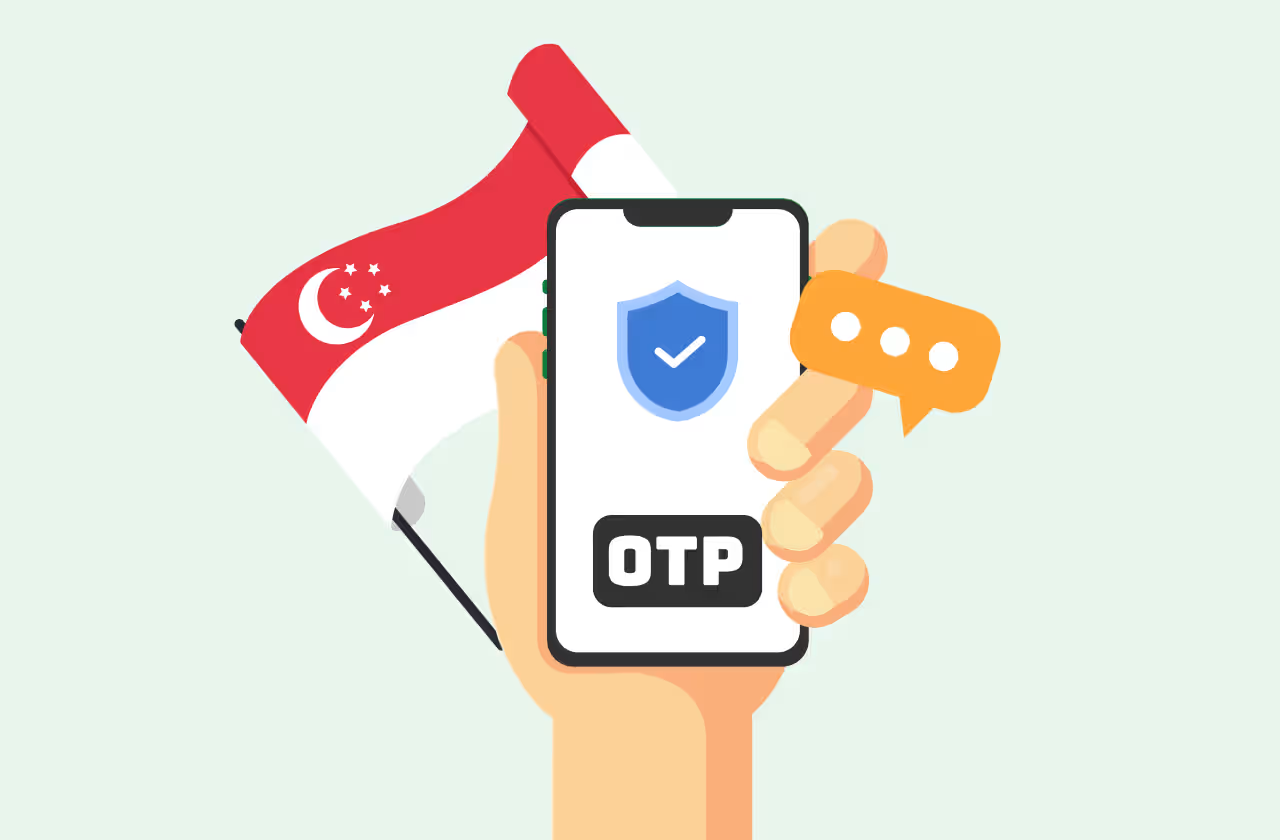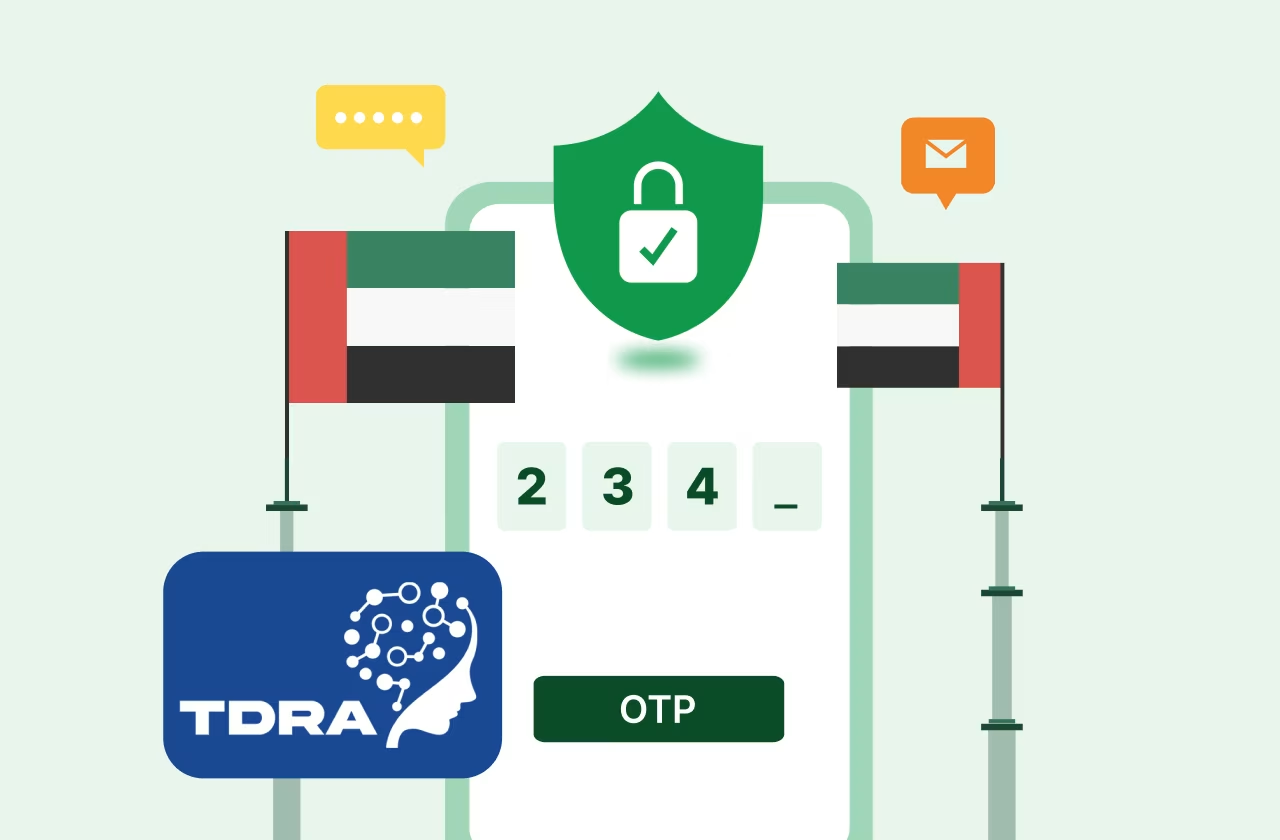Key Takeways
According to Statista, WhatsApp has over 2.7 billion active users as of 2024 and is being used by 85% of internet users in India.
Now with the launch of WhatsApp OTP in India and Indonesia, WhatsApp is set to give tough competition to OTP SMS verification, which is the most popular use case of A2P messaging worldwide.
Here’s why WhatsApp OTP makes sense:
- Indian internet users basically live out of WhatsApp – conversations, orders, payments and reminders.
- Worldwide, WhatsApp has become the standard of business communication with WhatsApp having conversion rates as high as 95%.
- WhatsApp login makes the entire user experience seamless.
- WhatsApp OTP login can reduce SPAM since businesses are verified using Facebook business manager with a green tick.
What is WhatsApp Login with OTP?
WhatsApp Login allows users to authenticate themselves and log in to your app or website using their WhatsApp account. This method simplifies the login process by eliminating the need for passwords, instead relying on an OTP sent to the user's WhatsApp account.
How to Implement WhatsApp Login with OTP?
Implementing WhatsApp login involves several steps, including setting up a WhatsApp Business API account, configuring your application, and handling the authentication process. Here's a detailed guide:
Step 1: Set Up WhatsApp Business API
- Apply for WhatsApp Business API Access:
To use WhatsApp for authentication, you need to apply for access to the WhatsApp Business API. You can do this through official WhatsApp partners like Message Central.
- Create a WhatsApp Business Account:
Once your application is approved, create a WhatsApp Business Account and set up your WhatsApp number.
- Configure Webhooks:
Configure webhooks to receive and handle incoming messages. This setup allows your application to respond to messages and send OTPs.
Step 2: Integrate WhatsApp API with Your Application
- Generate OTP:
When a user attempts to log in, generate a unique OTP.
- Send OTP via WhatsApp:
Use the WhatsApp API to send the OTP to the user's WhatsApp number. The message should include clear instruction on how to use the OTP. On the backend, create a mechanism to verify the OTP entered by the user. Ensure that the OTP matches the one sent and is used within the valid time frame.
- Authenticate User:
If the OTP is correct, authenticate the user and grant access to the application.
Step 3: Implement User Interface Numbered List
- Login Page:
Design a user-friendly login page where users can enter their WhatsApp number.
- OTP Input:
Once the OTP is sent, prompt the user to enter the OTP received on their WhatsApp.
- Error Handling:
Implement error handling to manage incorrect OTP entries and expired OTPs.
SMS OTP vs WhatsApp OTP
1. Cost Efficiency:
WhatsApp OTPs are generally more cost-effective compared to SMS verification, especially for international messages. SMS costs can vary significantly based on the recipient’s location, whereas WhatsApp messages are typically cheaper.
2. Delivery and Open Rates:
WhatsApp messages tend to have higher delivery and open rates compared to SMS. This is because WhatsApp messages are less likely to be blocked by mobile carriers and more likely to be read promptly by users.
3. Security:
Both methods provide strong security, but WhatsApp OTPs benefit from WhatsApp's end-to-end encryption, adding an extra layer of security.
4. User Experience:
WhatsApp offers a more seamless user experience. Users are familiar with receiving messages on WhatsApp and find it convenient to use for authentication purposes.
Best Practices for WhatsApp OTP Authentication

- Secure OTP Generation:
Ensure that OTPs are generated securely and cannot be easily guessed.
- Timely Expiry:
OTPs should expire after a short period (e.g., 5 minutes) to enhance security.
- Clear Instructions:
Provide clear instructions in the OTP message to guide users on how to use the OTP.
- Monitor for Abuse:
Implement monitoring to detect and prevent abuse of the OTP system, such as repeated requests for OTPs.
WhatsApp Authentication via OTP with Message Central
Message Central is a CPaaS solution pioneering in multiple technologies including WhatsApp business APIs. The platform is trusted by the fastest growing enterprises across the globe.
With 24/7 support and integration help, you can easily start leveraging WhatsApp business APIs. Get in touch with the team to get started.
FAQs
Q1. What is WhatsApp OTP?
WhatsApp OTP is a One-Time Password sent to a user's WhatsApp number to verify their identity for login or other secure actions.
Q2. How does WhatsApp Login work?
Users enter their WhatsApp number, receive an OTP on WhatsApp, and use that OTP to authenticate and log in to the application.
Q3. Is WhatsApp Login secure?
Yes, WhatsApp Login is secure as it uses OTPs, which are sent via WhatsApp's end-to-end encrypted messaging service.
Q4. What are the advantages of WhatsApp OTP over SMS OTP?
WhatsApp OTPs are generally more cost-effective, have higher delivery and open rates, and provide a seamless user experience.
Q5. Can businesses in all countries use WhatsApp OTP?
While WhatsApp is widely available, the availability of WhatsApp Business API might vary by country. Businesses should check with WhatsApp or their API provider for specific details.
Q6. How can a business start using WhatsApp OTP for authentication?
Businesses need to apply for the WhatsApp Business API, set up a WhatsApp Business Account, integrate the API with their application, and configure the necessary backend systems for OTP generation and verification.
Q7. How long should an OTP be valid?
An OTP should typically be valid for a short period, such as 5 minutes, to ensure security and reduce the risk of misuse.










